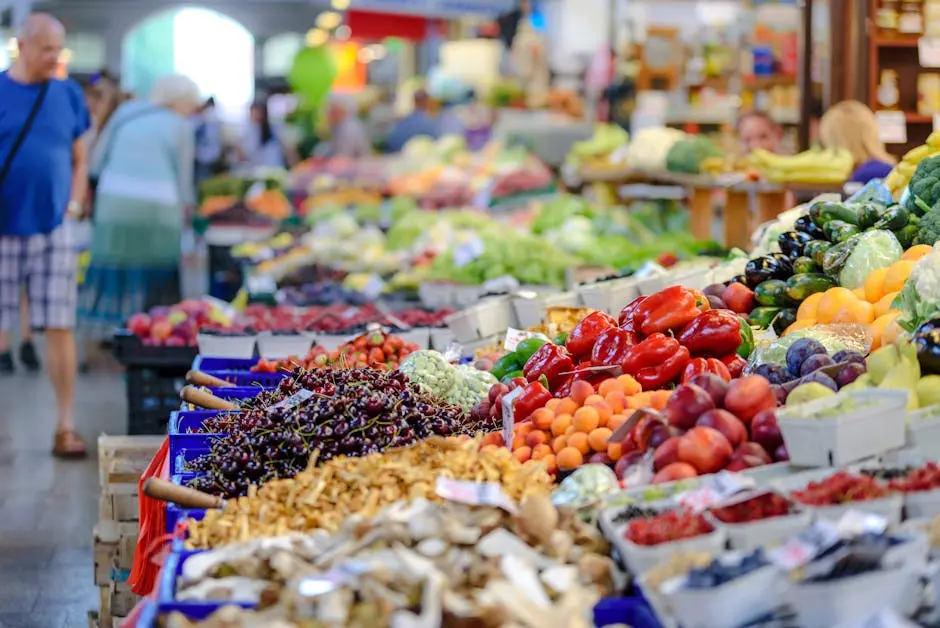Eating locally sourced food has become a popular topic of conversation among health enthusiasts and environmental advocates alike. But what exactly makes it so important? This blog will explore the benefits of eating food that is sourced from nearby farms and producers, and why it matters for you and your community.
Step 1: Understand the Health Benefits
Local foods are fresher and often more nutritious because they don’t spend weeks traveling to reach your plate. Discover the vitamins and minerals that are best preserved when you eat seasonal, nearby produce.
Moreover, many of the vitamins in fresh produce degrade over time. When you eat food near you, you can be sure it’s been harvested at the peak of freshness, maximizing health benefits such as antioxidants and essential nutrients.
Additionally, consuming locally sourced food can help you avoid additives and preservatives commonly found in processed items. Thus, it contributes to a healthier diet overall.
Step 2: Support Your Local Economy
When you choose to buy from local farmers and producers, you’re investing in your community. This helps create jobs and enhance your local economic conditions.
By buying food near you, the money you spend often stays within your community, fostering a cycle of economic growth. This supports vibrant farmers markets, local shops, and sustainable businesses.
This not only bolsters the economy but also strengthens the community fabric. When local businesses thrive, everyone benefits. You create a ripple effect of innovation and support that uplifts your neighborhood.
Step 3: Reduce Your Carbon Footprint
Eating locally sourced food means less transportation and packaging, leading to a smaller carbon footprint. Learn how your choices can directly impact climate change.
Transportation accounts for a significant portion of greenhouse gas emissions associated with food. By choosing food near you, you minimize reliance on long supply chains that increase carbon emissions.
Furthermore, local farms often employ more sustainable practices, reducing their environmental impact. Supporting them is akin to voting for a healthier planet with your fork.
Step 4: Get to Know Your Food Sources
Building relationships with local farmers can help you understand where your food comes from and how it’s grown. Explore the joy of knowing your food sources and their practices.
When you shop locally, you often have the opportunity to ask questions directly to the producers. This knowledge gives you insight into the benefits of their farming practices, encouraging transparency.
Connecting with your food sources fosters not just trust but also a sense of community. You’ll feel more engaged and responsible for the food you consume, which enriches the whole eating experience.
Step 5: Enjoy Unique Local Flavors
Locally sourced food often highlights regional flavors that you can’t find in mass-produced items. Dive into the delicious tastes of your area and celebrate the culinary diversity.
Each season brings new flavors, so by eating local, you’re enabled to enjoy the best your area has to offer. Try out unique recipes that feature ingredients from your favorite local farms.
This culinary adventure not only satisfies your palate but also deepens your appreciation for the agricultural practices and heritage of your region. Eating locally is a feast for your senses!
Final Thoughts on Eating Locally
In conclusion, choosing to eat locally sourced food not only supports your health but also nurtures your community and protects the environment. By understanding the importance of local food, we can make more informed choices in our daily lives. So next time you’re at the grocery store or farmers market, consider what’s available in your area and make a delicious choice for yourself and your community!

